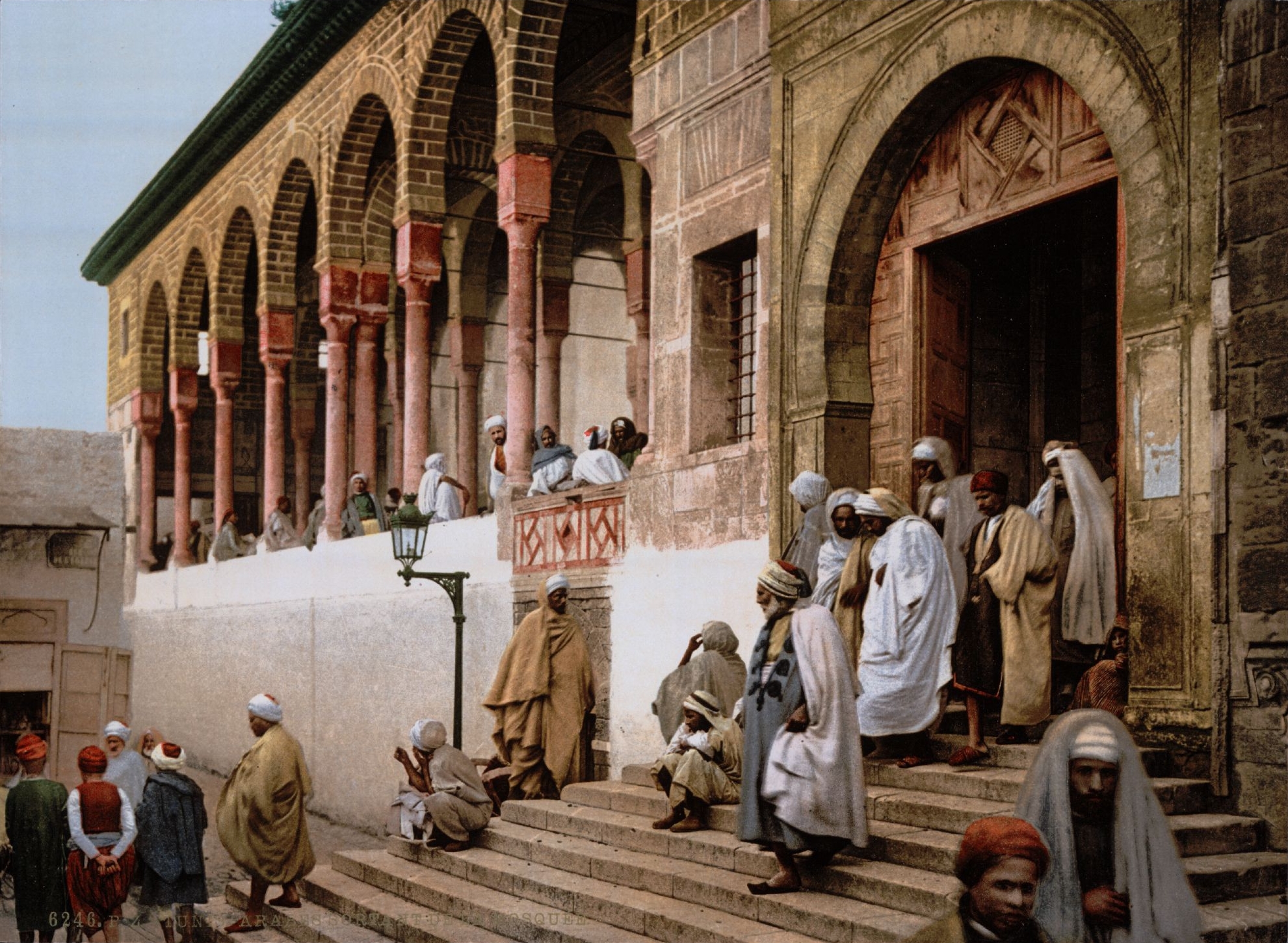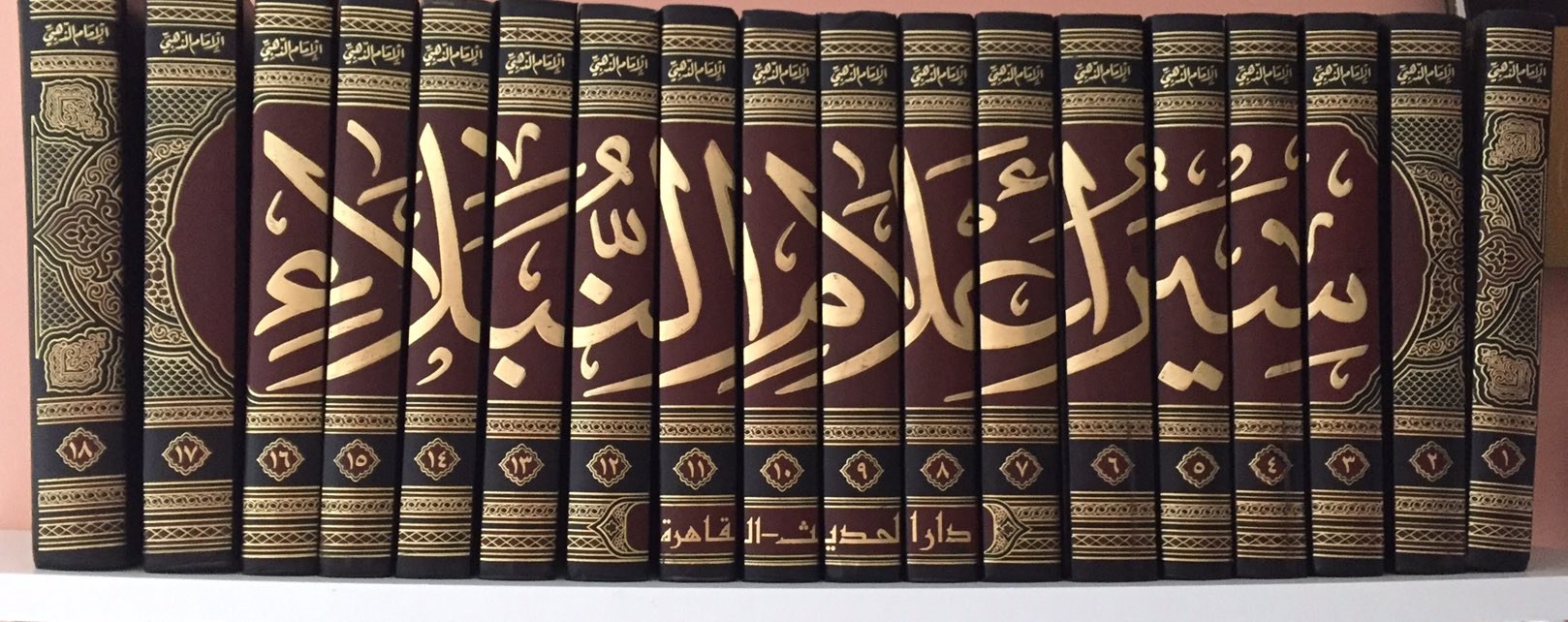|
Al-Bayhaqi
Abū Bakr Aḥmad ibn Ḥusayn ibn ʿAlī ibn Mūsā al-Khusrawjirdī al-Bayhaqī ( ar, أبو بكر أحمد بن حسين بن علي بن موسى الخسروجردي البيهقي, 994–1066), also known as Imām al-Bayhaqī, was born c. 994 CE/384 AH in the small town of Khosrowjerd near Sabzevar, then known as Bayhaq, in Khurasan. During his lifetime, he became a famous Sunni hadith expert, following the Shafi'i school in fiqh and the Ash'ari school of Islamic Theology. Ovamir Anjum, Politics, Law, and Community in Islamic Thought: The Taymiyyan Moment (Cambridge Studies in Islamic Civilization) 2012, p 142. Biography Al-Bayhaqi was a scholar of ''fiqh'' of the Shafi'i school of thought, as well as of that of hadith. He studied ''fiqh'' under Abū al-Fatḥ Nāṣir ibn al-Ḥusayn ibn Muḥammad al-Naysaburi as well as Abul Hasan Hankari. He also studied hadith under Hakim al-Nishaburi, Abu Mansur Al-Baghdadi and others, and was al-Nishaburi's foremost pupil. He ... [...More Info...] [...Related Items...] OR: [Wikipedia] [Google] [Baidu] |
Sunan Al-Kubra Lil Behaqi
''Sunan al-Kubra lil Bayhaqi'', ( ar, ٱلسُّنَن ٱلْكُبْرَىٰ لِلْبَيْهَقِيّ), or Al-Sunan al-Kabir ( ar, ٱلسُّنَن ٱلْكَبِير) is a prominent Hadith book compiled by Imam Al-Bayhaqi (384 AH – 458 AH). Description It is the largest Sunan Book available in history of Hadith collection, containing almost twenty two thousand (22,000) Hadiths according to Maktaba Shamila. A book with similar name (Sunan al-Kubra) is also written by Imam al-Nasa'i having almost twelve thousand (12,000) hadiths. It is one of the major hadith compilations by one of the last great hadith memorisers of the 4th century Hijri, of such importance that nothing of its like has been penned down. It is compiled in order of issue relating to fiqh. The author takes quite an effort in providing narrations in each chapter thereby giving the rulings of such transmissions and how certain scholars have understood it. He also expounds the problematic phrases and or termino ... [...More Info...] [...Related Items...] OR: [Wikipedia] [Google] [Baidu] |
Shuab Ul Iman
''Shuab ul Iman'', ( ar, شعب الايمان), is a Hadith book compiled by Imam Al-Bayhaqi (384 AH – 458 AH). The author provides an exhaustive textual commentary relating to foundations of faith and its branches. Description It is one of the major collection of Hadiths compiled by Imam Behaqi besides his other major work in the field of Hadiths. According to Maktaba Shamila it contains almost eleven thousands (11000) Hadiths (narrations). This book describes branches of faith (Shuab ul Iman) and Imam basically has chosen the name of the book according to a Hadith of Prophet Mohammad in which he mentioned that there are more than seventy (70) branches of faith. According to the book, Iman (faith) has three major branches as follows. * 'Iman bil Qalb' (''Testimony by Heart of all the Essentials of Iman''): It refers to the states of one's ‘Qalb’ (Heart) including the ‘Niyyah’ (Intentions), ‘Aqayid’ (Doctrines), and other deeds of the heart. This entirely depends ... [...More Info...] [...Related Items...] OR: [Wikipedia] [Google] [Baidu] |
Ash'ari
Ashʿarī theology or Ashʿarism (; ar, الأشعرية: ) is one of the main Sunnī schools of Islamic theology, founded by the Muslim scholar, Shāfiʿī jurist, reformer, and scholastic theologian Abū al-Ḥasan al-Ashʿarī in the 9th–10th century. It established an orthodox guideline based on scriptural authority, rationality, and theological rationalism. Al-Ashʿarī established a middle way between the doctrines of the Aṯharī and Muʿtazila schools of Islamic theology, based both on reliance on the sacred scriptures of Islam and theological rationalism concerning the agency and attributes of God. Ashʿarism eventually became the predominant school of theological thought within Sunnī Islam, and is regarded as the single most important school of Islamic theology in the history of Islam. The disciples of the Ashʿarī school are known as Ashʿarites, and the school is also referred to as the Ashʿarite school, which became one of the dominant theologica ... [...More Info...] [...Related Items...] OR: [Wikipedia] [Google] [Baidu] |
Hakim Al-Nishaburi
Abu Abd-Allah Muhammad ibn Abd-Allah al-Hakim al-Nishapuri ( fa, أبو عبدالله محمد بن عبدالله الحاكم النيسابوري; 933 - 1014 CE), also known as ''Ibn al-Bayyiʿ'', was a Persian Sunni scholar and the leading traditionist of his age, frequently referred to as the "Imam of the Muhaddithin" or the "Muhaddith of Khorasan." Biography Al-Hakim, from Nishapur, had vast numbers of teachers in Khurasan, Iraq, Transoxiana and elsewhere. His students included al-Bayhaqi. Al-Hakim wrote '' Al-Mustadrak ala al-Sahihayn''. He started writing it in the year when he was 72 years old. He reputedly said: "I drank water from Zamzam Well and asked God for excellence in writing books". Death On the 3rd of Safar 405 al-Hakim went into the bath, came out after bathing, said, "Ah," and died wearing but a waist-cloth before he had time to put on a shirt. Later, one of al-Hakim's students, Al-Hasan ibn Ash`ath al-Qurashî said: "I saw al-Hâkim in my dream ridi ... [...More Info...] [...Related Items...] OR: [Wikipedia] [Google] [Baidu] |
Al-Dhahabi
Shams ad-Dīn adh-Dhahabī (), also known as Shams ad-Dīn Abū ʿAbdillāh Muḥammad ibn Aḥmad ibn ʿUthmān ibn Qāymāẓ ibn ʿAbdillāh at-Turkumānī al-Fāriqī ad-Dimashqī (5 October 1274 – 3 February 1348) was an Islamic historian and Hadith expert. Life Of Arab descent, Adh-Dhahabi was born in Damascus. His name, ibn adh-Dhahabi (son of the goldsmith), reveals his father's profession. He began his study of hadith at age eighteen, travelling from Damascus to Baalbek, Homs, Hama, Aleppo, Nabulus, Cairo, Alexandria, Jerusalem, Hijaz, and elsewhere, before returning to Damascus to teach and write. He authored many works and was widely renown as a perspicuous critic and expert examiner of the hadith. He wrote an encyclopaedic biographical history and was the foremost authority on the canonical readings of the Qur'an. Some of his teachers were women. At Baalbek, Zaynab bint ʿUmar b. al-Kindī was among his most influential teachers. Adh-Dhahabi lost his sight t ... [...More Info...] [...Related Items...] OR: [Wikipedia] [Google] [Baidu] |
Islamic Theology
Schools of Islamic theology are various Islamic schools and branches in different schools of thought regarding '' ʿaqīdah'' (creed). The main schools of Islamic Theology include the Qadariyah, Falasifa, Jahmiyya, Murji'ah, Muʿtazila, Batiniyya, Ashʿarī, Māturīdī, and Aṯharī. The main schism between Sunnī, Shīʿa, and Kharijite branches of Islam was initially more political than theological, but over time theological differences have developed throughout the history of Islam. Divinity schools in Islam According to the '' Encyclopaedia of the Qurʾān'' (2006), "The Qurʾān displays a wide range of theological topics related to the religious thought of late antiquity and through its prophet Muḥammad presents a coherent vision of the creator, the cosmos and man. The main issues of Muslim theological dispute prove to be hidden under the wording of the qurʾānic message, which is closely tied to Muḥammad's biography". However, modern historians and ... [...More Info...] [...Related Items...] OR: [Wikipedia] [Google] [Baidu] |
Islam
Islam (; ar, ۘالِإسلَام, , ) is an Abrahamic monotheistic religion centred primarily around the Quran, a religious text considered by Muslims to be the direct word of God (or ''Allah'') as it was revealed to Muhammad, the main and final Islamic prophet.Peters, F. E. 2009. "Allāh." In , edited by J. L. Esposito. Oxford: Oxford University Press. . (See alsoquick reference) " e Muslims' understanding of Allāh is based...on the Qurʿān's public witness. Allāh is Unique, the Creator, Sovereign, and Judge of mankind. It is Allāh who directs the universe through his direct action on nature and who has guided human history through his prophets, Abraham, with whom he made his covenant, Moses/Moosa, Jesus/Eesa, and Muḥammad, through all of whom he founded his chosen communities, the 'Peoples of the Book.'" It is the world's second-largest religion behind Christianity, with its followers ranging between 1-1.8 billion globally, or around a quarter of the world' ... [...More Info...] [...Related Items...] OR: [Wikipedia] [Google] [Baidu] |
Greater Khorasan
Greater Khorāsān,Dabeersiaghi, Commentary on Safarnâma-e Nâsir Khusraw, 6th Ed. Tehran, Zavvâr: 1375 (Solar Hijri Calendar) 235–236 or Khorāsān ( pal, Xwarāsān; fa, خراسان ), is a historical eastern region in the Iranian Plateau between Western and Central Asia. The name ''Khorāsān'' is Persian and means "where the sun arrives from" or "the Eastern Province".Sykes, M. (1914). "Khorasan: The Eastern Province of Persia". ''Journal of the Royal Society of Arts'', 62(3196), 279-286.A compound of ''khwar'' (meaning "sun") and ''āsān'' (from ''āyān'', literally meaning "to come" or "coming" or "about to come"). Thus the name ''Khorasan'' (or ''Khorāyān'' ) means "sunrise", viz. " Orient, East"Humbach, Helmut, and Djelani Davari, "Nāmé Xorāsān", Johannes Gutenberg-Universität Mainz; Persian translation by Djelani Davari, published in Iranian Languages Studies Website. MacKenzie, D. (1971). ''A Concise Pahlavi Dictionary'' (p. 95). London: Oxford Univers ... [...More Info...] [...Related Items...] OR: [Wikipedia] [Google] [Baidu] |
Shafi'is
The Shafii ( ar, شَافِعِي, translit=Shāfiʿī, also spelled Shafei) school, also known as Madhhab al-Shāfiʿī, is one of the four major traditional schools of religious law (madhhab) in the Sunnī branch of Islam. It was founded by Arab theologian Muḥammad ibn Idrīs al-Shāfiʿī, "the father of Muslim jurisprudence", in the early 9th century. The other three schools of Sunnī jurisprudence are Ḥanafī, Mālikī and Ḥanbalī. Like the other schools of fiqh, Shafii recognize the First Four Caliphs as the Islamic prophet Muhammad’s rightful successors and relies on the Qurʾān and the "sound" books of Ḥadīths as primary sources of law. The Shafi'i school affirms the authority of both divine law-giving ( the Qurʾān and the Sunnah) and human speculation regarding the Law. Where passages of Qurʾān and/or the Ḥadīths are ambiguous, the school seeks guidance of Qiyās (analogical reasoning). The Ijmā' (consensus of scholars or of the community) ... [...More Info...] [...Related Items...] OR: [Wikipedia] [Google] [Baidu] |
Persian Sunni Muslim Scholars Of Islam
Persian may refer to: * People and things from Iran, historically called ''Persia'' in the English language ** Persians, the majority ethnic group in Iran, not to be conflated with the Iranic peoples ** Persian language, an Iranian language of the Indo-European family, native language of ethnic Persians *** Persian alphabet, a writing system based on the Perso-Arabic script * People and things from the historical Persian Empire Other uses * Persian (patience), a card game * Persian (roll), a pastry native to Thunder Bay, Ontario * Persian (wine) * Persian, Indonesia, on the island of Java * Persian cat, a long-haired breed of cat characterized by its round face and shortened muzzle * The Persian, a character from Gaston Leroux's ''The Phantom of the Opera'' * Persian, a generation I Pokémon species * Alpha Indi, star also known as "The Persian" See also * Persian Empire (other) * Persian expedition (other) or Persian campaign * Persian Gulf (other) ... [...More Info...] [...Related Items...] OR: [Wikipedia] [Google] [Baidu] |
1066 Deaths
1 (one, unit, unity) is a number representing a single or the only entity. 1 is also a numerical digit and represents a single unit of counting or measurement. For example, a line segment of ''unit length'' is a line segment of length 1. In conventions of sign where zero is considered neither positive nor negative, 1 is the first and smallest positive integer. It is also sometimes considered the first of the infinite sequence of natural numbers, followed by 2, although by other definitions 1 is the second natural number, following 0. The fundamental mathematical property of 1 is to be a multiplicative identity, meaning that any number multiplied by 1 equals the same number. Most if not all properties of 1 can be deduced from this. In advanced mathematics, a multiplicative identity is often denoted 1, even if it is not a number. 1 is by convention not considered a prime number; this was not universally accepted until the mid-20th century. Additionally, 1 is the ... [...More Info...] [...Related Items...] OR: [Wikipedia] [Google] [Baidu] |



.jpg)


